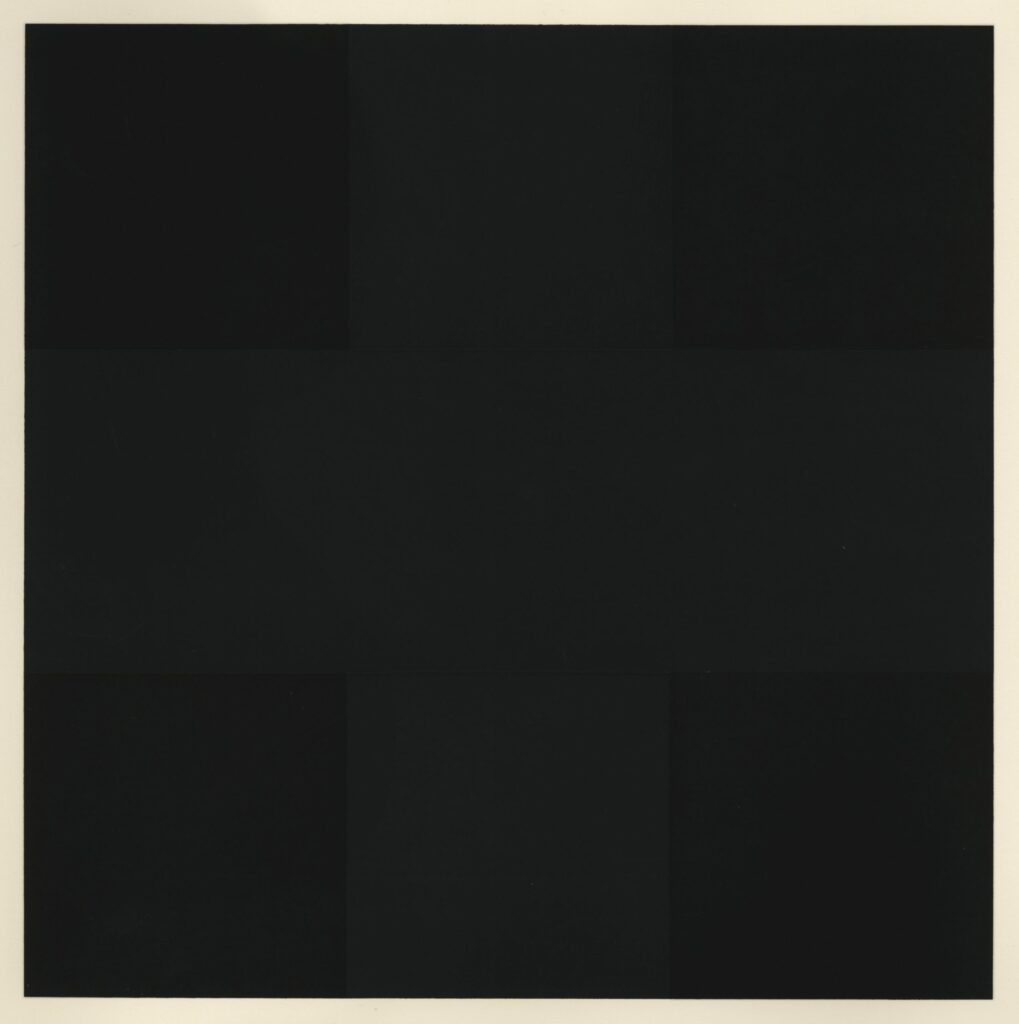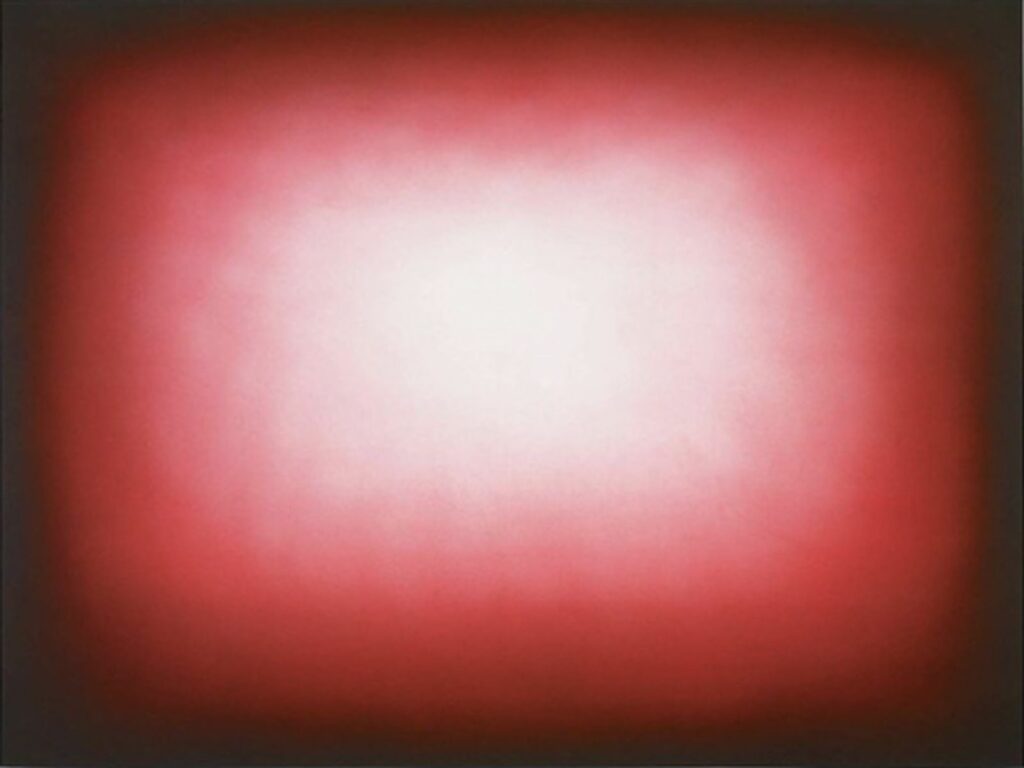Monochromatic Art
Monochromatic art refers to an art that uses only one colour. A monochromatic object or image reflects colors in shades of limited colours or hues. Images using only shades of grey (with or without black or white) are called grayscale or black-and-white.

For hundreds of years, painters have utilised various tones of brown or black ink to produce monochromatic art images on paper. Simply diluting the ink more or less would be necessary to produce the desired colours. The grisaille technique, named after the French word gris, which means grey, was used to produce monochromatic paintings using different shades of grey oil paint. In such a piece, the artist was able to define form and produce a picture thanks to the play of light and shade (chiaroscuro).

With the development of abstract art in the 20th century, numerous artists, including Anish Kapoor, Ad Reinhardt, Robert Ryman, and Robert Rauschenberg, experimented with creating monochromatic paintings.
One of two functions is frequently served by monochromatic art. The first was expressing spiritual purity; by deciding on only one colour, artists may discover the serenity of complete abstraction. Yves Klein sought to convey a sense of the erasure of material distinctions in his works of art in order to make the unity of the cosmos palpable. Similar to this, Pierre Manzoni’s “Achrome” series from the 1950s addressed the concept of “nothingness.”

For some artists, the second reason for using monochrome art was to simplify the painting or sculpture so that the attention would be drawn to its essential physical components, such as colour, form, texture, or the process of creation. Kazimir Malevich, who produced a series of white on white paintings between 1917 and 1918, was one of the earliest (see suprematism). The German minimalist artist Zero frequently slashed or elevated shapes on canvases that were either white or black in order to reveal the artistic process. In the middle of the 1930s, Ben Nicholson produced a remarkable collection of white reliefs in Britain.
